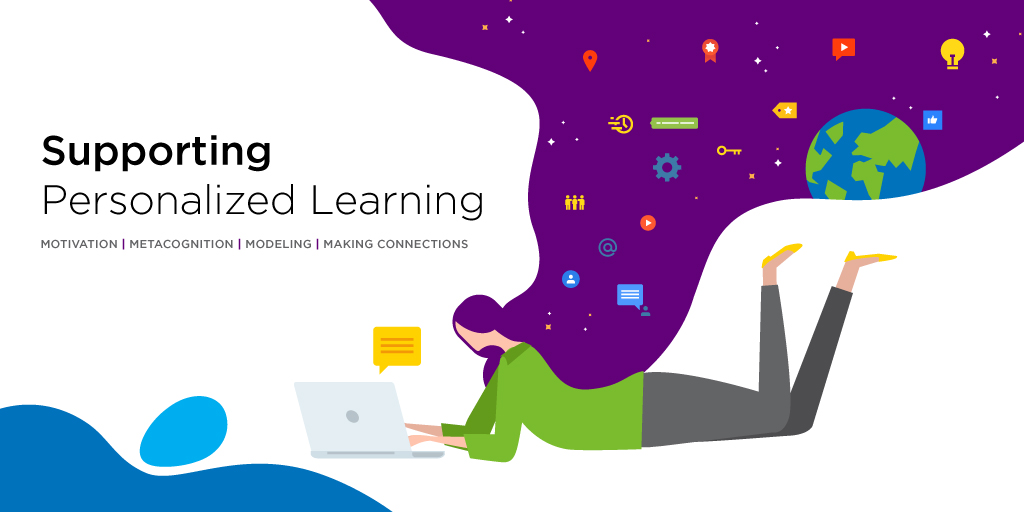
With all that's been said about how we can include students in the process for helping to design—and therefore improve—student learning, there must be a good reason to do it. I always discourage teachers from following educational fads. They might seem great at first, but with all the time required to change course, we only want to do so with a proven strategy.
So why should teachers begin to personalize learning for students? I use these four Ms when thinking about personalized learning: motivation, metacognition, modeling, and making connections.
Motivation: Choice helps to motivate us all. Daniel Pink’s research in his book Drive tells us that anyone who has autonomy is more likely to be motivated. Students are no different—if they feel like they are in the driver’s seat of their learning, they are much more likely to be motivated to complete the learning. The opposite of this is also true. If students feel like learning is something that is done to them, they will be much less likely to work hard on the activity.
Metacognition: If students can develop an ability to think about how they learn best and even to create ideas to help them learn better, this is the deepest and most effective form of learning that we can facilitate. We see the power in this, therefore we need to work to do it more in the classroom than we have in the past. Again, the opposite of doing this (which is probably our default mode in most classrooms) has the opposite and negative impact. If the “sage on the stage” is only providing one avenue for students to demonstrate their knowledge, the ability to learn the content deeply has been limited.
Modeling: Learning should be constant in our lives, regardless of our age or state in the world. As teachers, we have so much to learn from our students. I think most teachers learn a lot about their students in order to connect with them. We learn about what they like, what they play, what hobbies they might have, and other aspects of their life. All of this is important in order to connect with our students, but these learned facts are much less relevant than how students might learn best.
Making Connections: For all the power and value we know cross-curricular projects have, we don’t do them very often in most school settings. One of the largest hurdles when it comes to this is that the teachers (i.e., adults) don’t have time to work together to design activities. But what if we empowered students to make these connections themselves and with one another? This could really change how well students learn and retain information. If we were able to systemize something like this model from Edutopia, which allows students to track their own learning over time, students could begin to create their own pathways to deepen learning from one subject to another.
The elephant in the room is how we grade our students’ work. All of these ideas sound wonderful on paper, but for many of our students, as soon as we start valuing one kind of learning/project/creation over another, they will play the game of school and work for points instead of learning. Teachers must reconcile how this will work prior to jumping in with students. Rubrics are a good place to start if those are not currently in place.
Making this kind of change in the classroom doesn’t require an overnight systematic overhaul, which is one nice aspect of it. Teachers can begin with a unit, chapter, or a test. By looking at the content and then allowing students some feedback, this is an easy place to start. Teachers can consider how they could give choice in how students receive the knowledge (reading, videos, etc.), how students process the knowledge (on their own, in a group, with manipulatives, etc.), and how students demonstrate their understanding of the knowledge (project, presentation, essay, etc.). Teachers can pick just one of these as a place to start to see if they can increase motivation, metacognition, and making connections.
Want to connect with fellow educators to discuss topics like this, get feedback, and learn more about their experiences? Consider joining MimioConnect™, our interactive teaching community.



